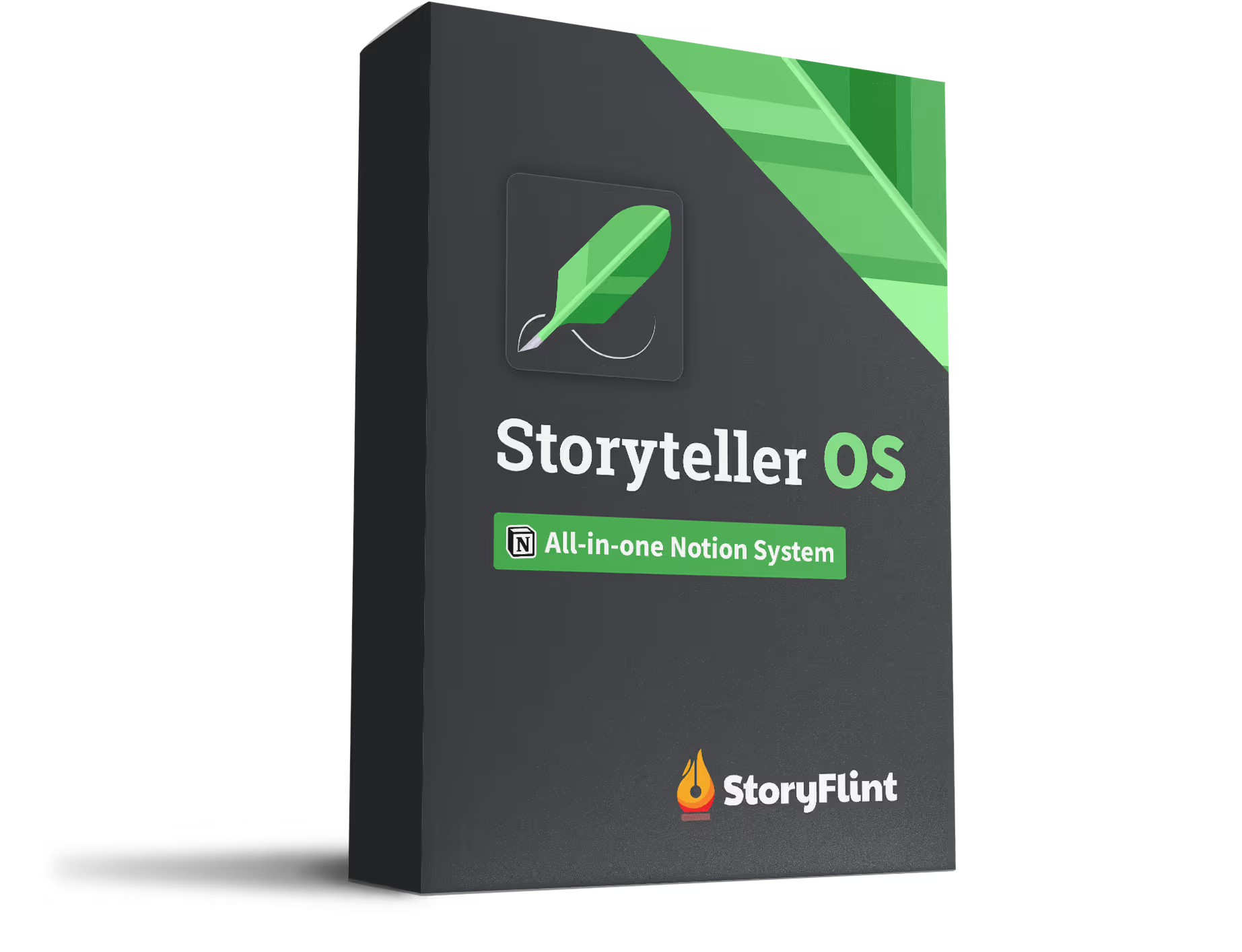What Makes a Story Feel Urgent?
Picture this: your protagonist has 24 hours to save the town.
Boom. You’ve got your audience’s heart rate up before page 2.
That’s the power of a countdown device. And no, it’s not just for action thrillers.
It’s a plot technique that taps into your audience’s psychology—and it works like a charm across every genre.
The Ticking Clock: A Plotter’s Secret Weapon
We’re wired to pay attention when time is running out.
Whether it’s a bomb about to explode, a wedding that starts in an hour, or a baby dragon hatching at midnight, a ticking clock forces urgency.
It raises stakes. It sharpens decisions. It makes your audience lean in.
And the best part? You don’t need explosions to make it work.
How Countdown Changes Everything
A countdown device works because it rewires how your audience reads your story.
It shortens their focus. Boosts their stress (in a good way). And makes every scene feel more loaded with meaning.
Even your side plots get juicier when the clock is ticking.
Want to know why?
Because urgency makes decisions matter more. And when your protagonist is under pressure, their true self shows up real fast.
This Isn’t Just a Thriller Thing
Yes, spy movies love ticking clocks. But so do romcoms, dramas, and even coming-of-age stories.
Here’s how it plays out in different genres:
- Romance: The wedding’s tomorrow, and she just found out he’s leaving the country.
- Fantasy: The eclipse opens the portal. If they’re not through by then, they’re stuck forever.
- Comedy: He has 12 hours to prove he’s not a complete disaster before his ex marries someone else.
Your genre doesn’t matter. Time pressure always creates tension.
Don’t Overuse It—Just Use It Well
Here’s the catch: if everything is a countdown, nothing feels urgent.
The trick is rhythm. Mix your high-pressure beats with slower ones. Give your audience room to breathe, then hit them with another clock.
Use recovery beats to give emotional weight to the tension.
And don’t forget—tension doesn’t always have to explode. Sometimes it just quietly tightens.
Want to build suspense that doesn’t rely on explosions or chase scenes?
Check out this guide that breaks down how to use tension and anticipation across genres—even if your story doesn’t have a single ticking clock.




